Burning of coal, oil and gas is causing increasing deadly heatwaves in India and Pakistan. Studies show the connection.
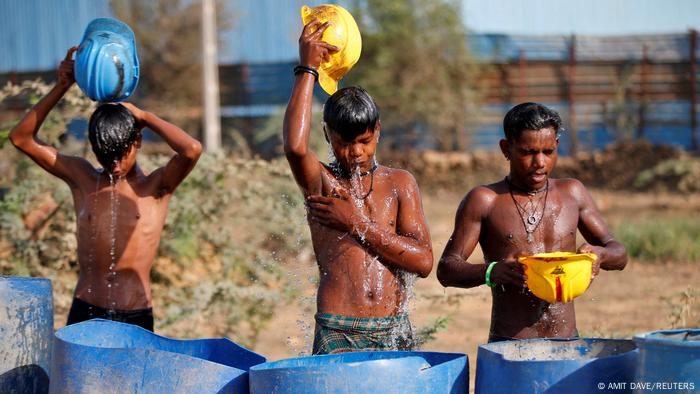
Short-term cooldown for workers in in the Indian city of Ahmedabad
For weeks, more than a billion people in India and Pakistan suffered from a brutal heat wave. According to reports from the World Weather Attribution (WWA), an international research initiative, the temperatures cost more than 40 degrees at least 90 people their lives. There are probably many more, since the increase in excess mortality can only be calculated months after a catastrophe.
According to a recent World Weather Attribution study, the heatwave would have been one degree cooler and 30 times less likely without global warming. Last week, the UK Weather Service estimated that man-made climate change has increased the likelihood of extreme heat events by a factor of 100.
The researchers' analyzes underline the serious consequences of the concentration of CO2 and methane in the atmosphere: In India, the heat has triggered forest fires, in Pakistan meltwater from glaciers has caused flash floods and in both countries there have been power outages. Life without air conditioning became unbearable. In addition, crop yields fell in India – of all things during the global wheat crisis caused by the Russian war of aggression against Ukraine.

“Of course, with future global warming, heat waves like this will become more frequent and hotter,” says Krishna Ahutarao, atmospheric scientist at the Indian Institute of Technology Delhi and co-author of the WWA study.
Increasing Hunger
Experts warn of the impact on crops and world nutrition. According to a report by the World Meteorological Organization (WMO), the climate crisis, conflicts, corona and economic crises have “undermined decades of progress” towards food security.
After declining for decades, the number of undernourished people reached a plateau in the 2010s. It is likely to have risen sharply again in 2020.
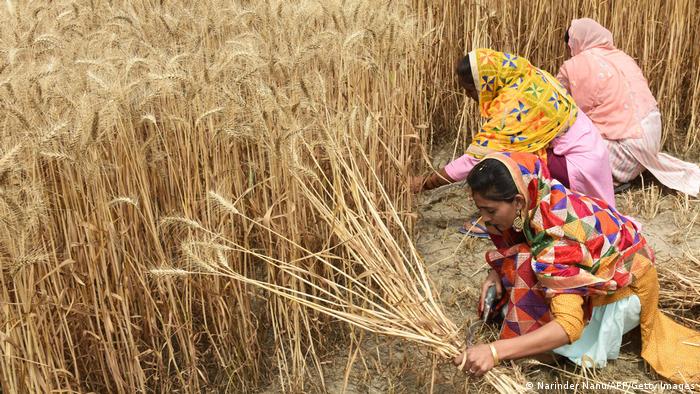
Due to the heat, the wheat harvest in India is extreme low – the export of wheat was therefore prohibited
With Russia's invasion of Ukraine, international wheat exports were disrupted – both countries had been major grain exporters up until then. In early May, India, the second largest wheat producer after China, banned its exports after heat burned farms and ravaged crops. An estimated 10 to 30 percent of India's wheat harvest is affected, says Aditi Kapoor, risk management expert at the Red Cross and Red Crescent International Climate Center and co-author of the WWA study. “[First] the farmers are affected, and then when prices go up, the poor people who buy the [more expensive] food.”
Since the industrial revolution, humanity has had massive amounts of CO2 and methane in it the atmosphere initiated by the burning of coal, oil and gas, as well as deforestation and heavy livestock farming. These gases create the greenhouse effect, the average temperature on earth has increased and extreme heat events are on the increase.
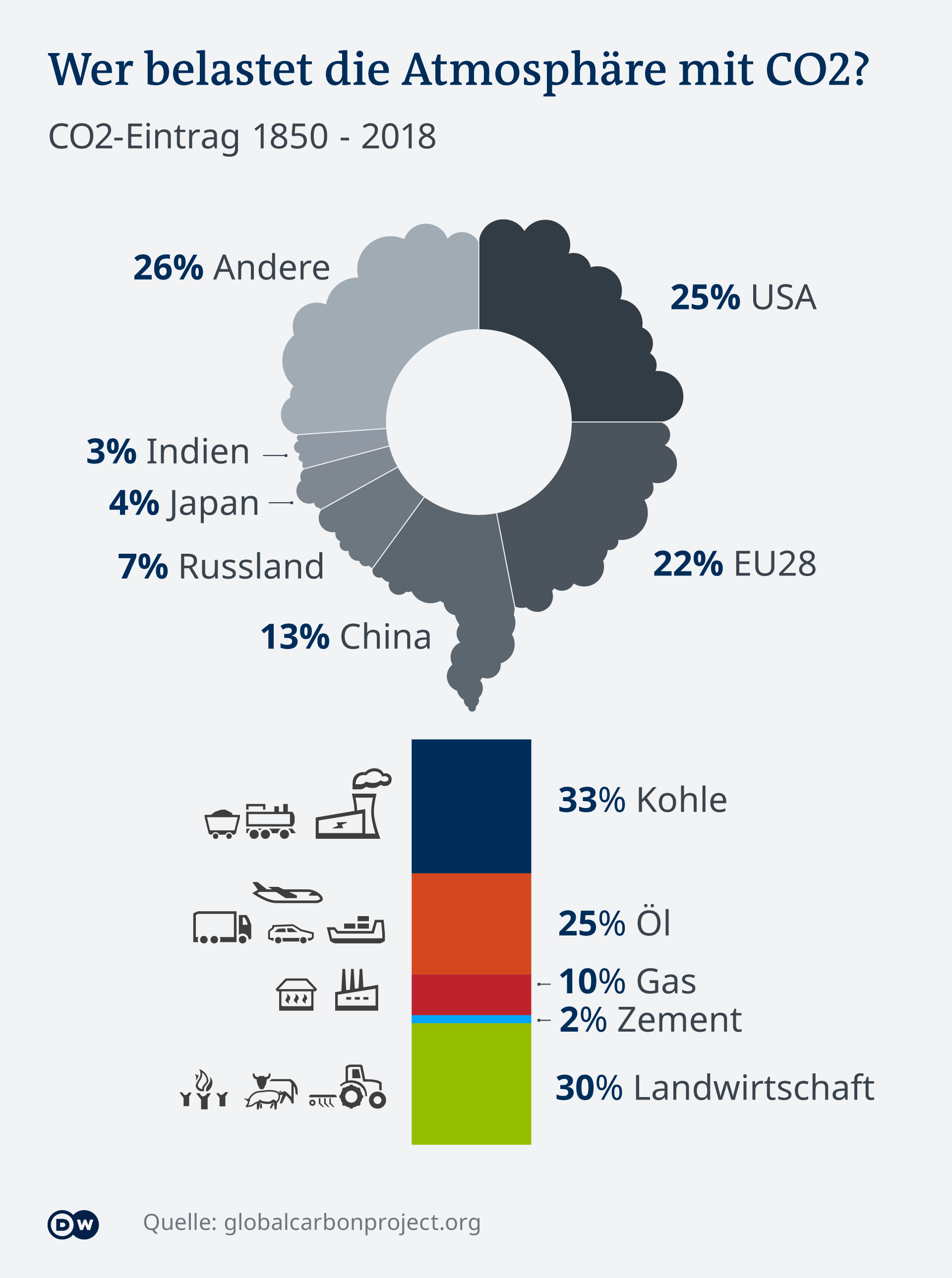
A study published last year in the journal Energy Research and Social Science found that 20 companies account for more than a third of global greenhouse gases between 1965 and 2018. The four largest energy companies alone – Chevron, ExxonMobil, BP and Shell – accounted for eleven percent of all emissions. The companies had not responded to requests for comment at the time of writing.
Adjustment to Rise in Temperature
People who work outdoors during the day – such as farm and construction workers – are particularly at risk from heat waves, but so are the elderly and people with health problems. In 2010, a heat wave in India alone killed 1,344 people in the city of Ahmedabad. In 2015, a heat wave in Pakistan killed more than 1,000 people in the capital, Islamabad.
According to the WWA, 130 Indian cities have implemented heat action plans in the past five years. The preventive measures include the early warning of the population, but also the establishment of so-called cooling centers to provide people with shade and water.
Nevertheless, such solutions cannot help indefinitely. Many people in agriculture and on construction sites cannot afford to stay at home. A report by the Intergovernmental Panel on Climate Change (IPCC) states that in some places the “limits of adaptation” have already been reached. Further limits will be reached as the planet continues to warm.

Scenario with persistently high CO2 emissions: The number of fatal heat days is increasing worldwide
Since the Industrial Revolution around 1850, humans have increased the surface temperature on Earth by around 1.1 degrees Celsius. World leaders signed the Paris Climate Agreement in 2015 to limit global warming to 1.5 degrees if possible by the end of the century. However, the trend in measures taken has not been sufficient so far, and scientists are warning of a temperature increase of more than three degrees by the end of this century.
If global warming reaches two degrees, according to the WWA report, one would be Heat wave like in India and Pakistan two to 20 times more likely than today – and an additional 0.5 to 1.5 degrees hotter.
Watch video 04:31
 Record Temperatures in India
Record Temperatures in India Record temperatures in India
Record temperatures in India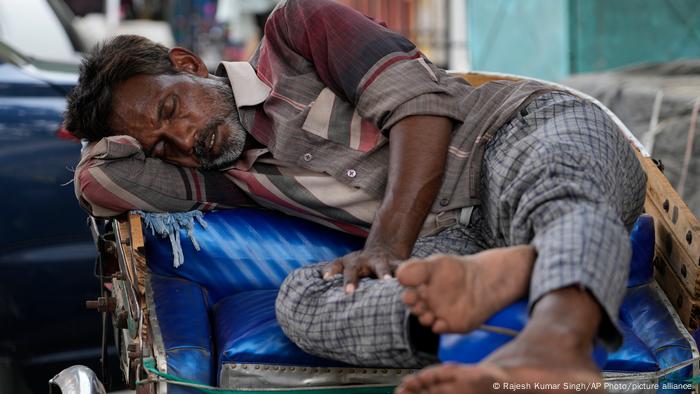 Record -Temperatures in India
Record -Temperatures in India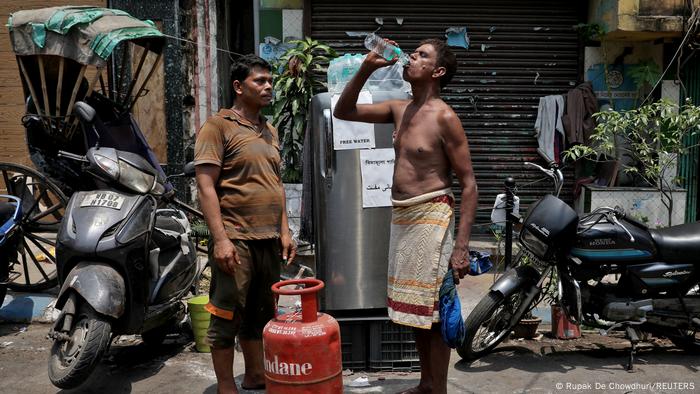 Record temperatures in India
Record temperatures in India Record temperatures in India
Record temperatures in India Record temperatures in India
Record temperatures in India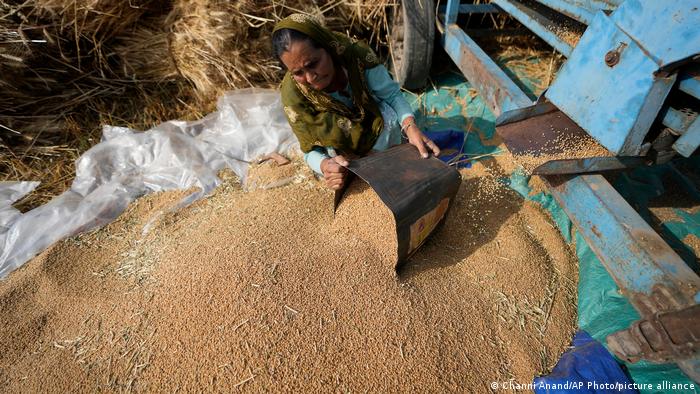 Record temperatures in India
Record temperatures in India